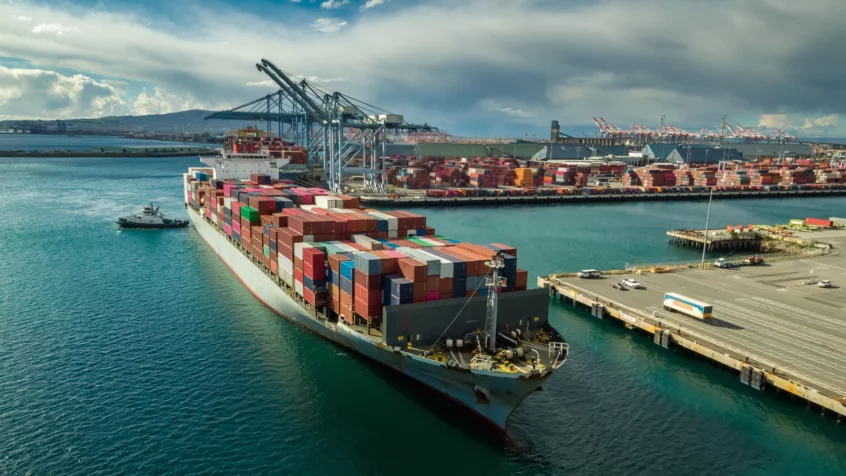The Port of Long Beach, one of the most important ports in the United States, is expecting a “modest” peak shipping season this year. According to the site JCaptain, the port moved 578,249 twenty-foot equivalent units (TEUs) last month, marking a decrease of 26.4% compared to last year’s exceptionally busy July. Imports went down by 27.9% to 271,086 TEUs, exports decreased by 17.6% to 90,134 TEUs, and empty containers passing through the port dropped by 27.7% to 217,030 TEUs.
There are a number of factors contributing to the expected decrease in container volume, including:
- The ongoing trade war between the United States and China has led to a decrease in trade between the two countries.
- The war in Ukraine has also disrupted trade, as many countries have imposed sanctions on Russia.
- Rising inflation is making it more expensive for businesses to import goods, which is also leading to a decrease in demand.
Port of Long Beach CEO Mario Cordero, explained that the Port is expecting a 12.8% decrease in container volume this year compared to 2022.
Despite the expected decrease in volume, the port is still prepared for the peak shipping season. It has added more cranes and other equipment to handle the increased volume, and it has also increased the number of workers.
The Port of Long Beach handles about 40% of all containerized cargo entering the United States, and it is the second busiest port in the country. It has a long history of handling peak shipping seasons, and it has made significant investments in infrastructure and technology to improve its efficiency. The port is also working to reduce its environmental impact.
The Port of Long Beach is a vital part of the global supply chain. It helps to ensure that goods are delivered to consumers in a timely and efficient manner. The port is committed to providing reliable and efficient service to its customers, and it is confident that it will be able to meet the challenges of the peak shipping season.

